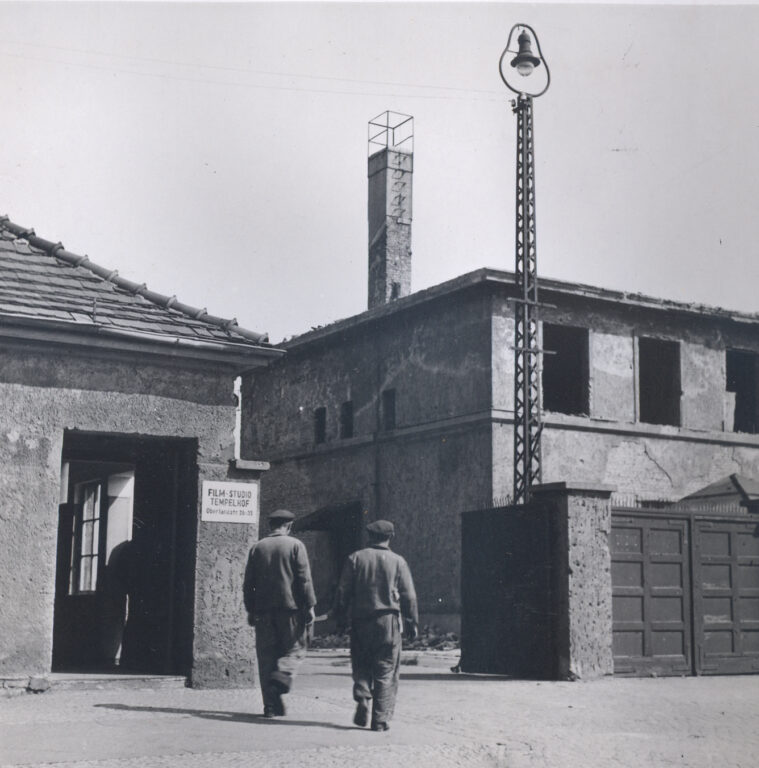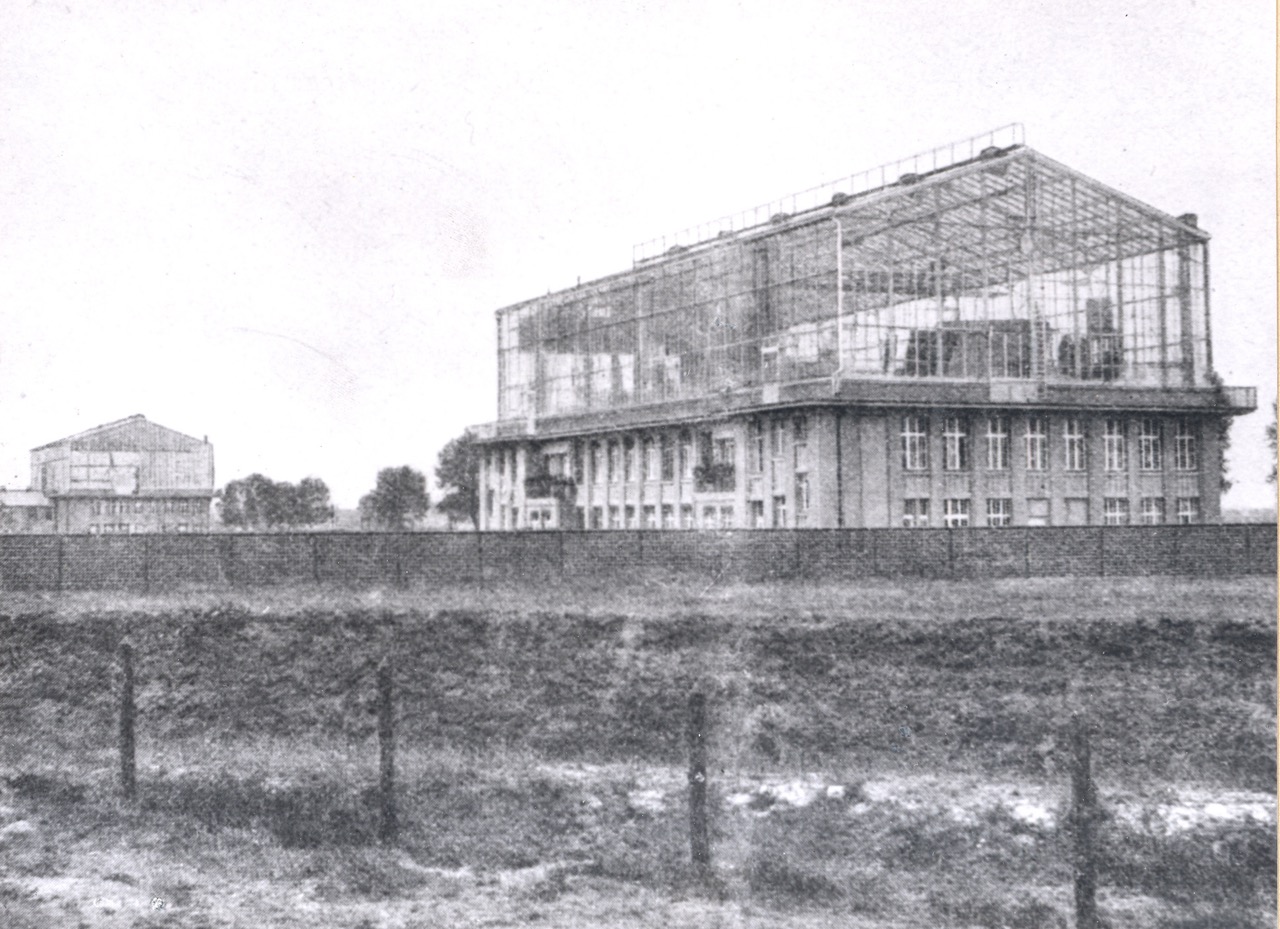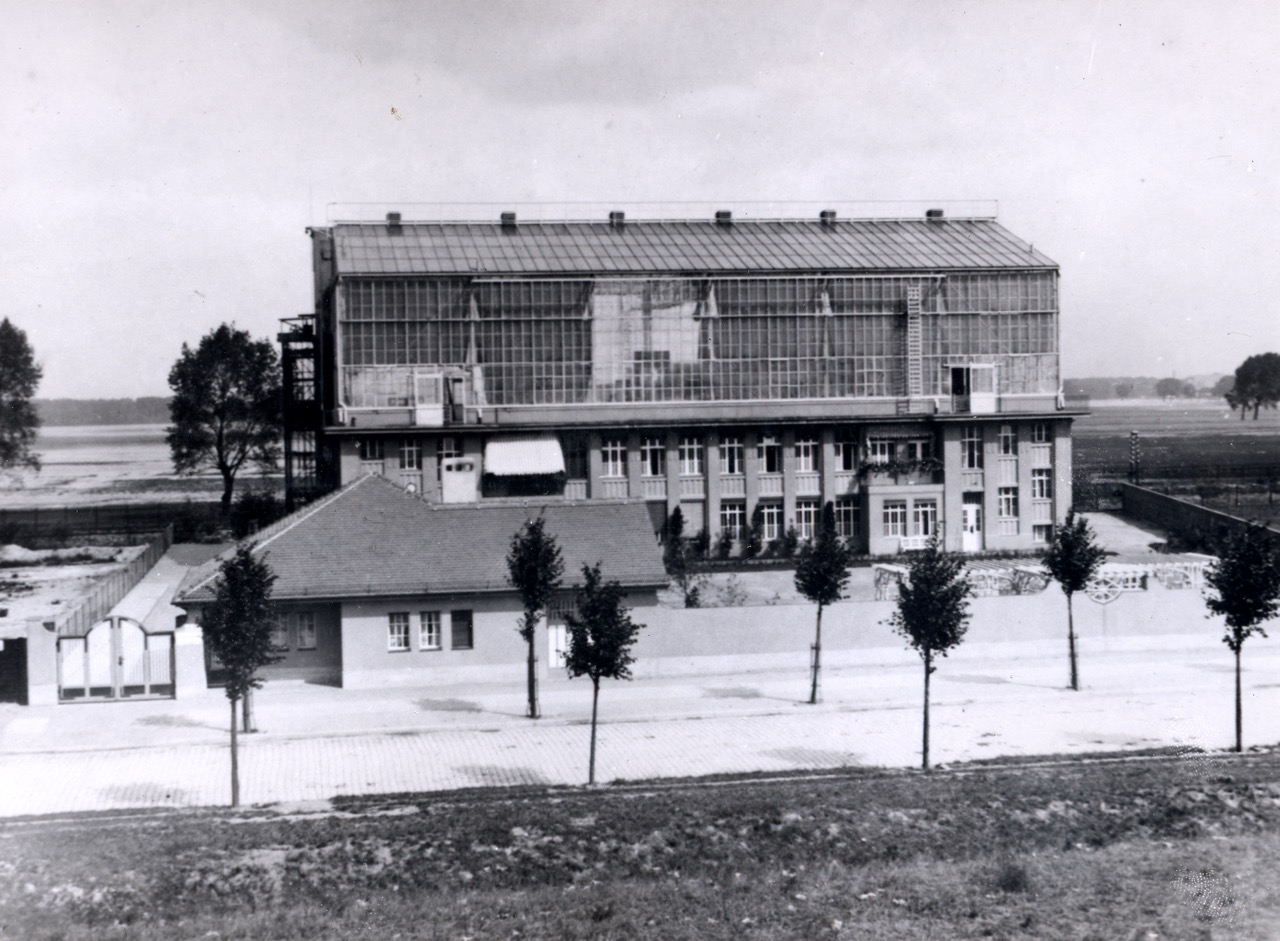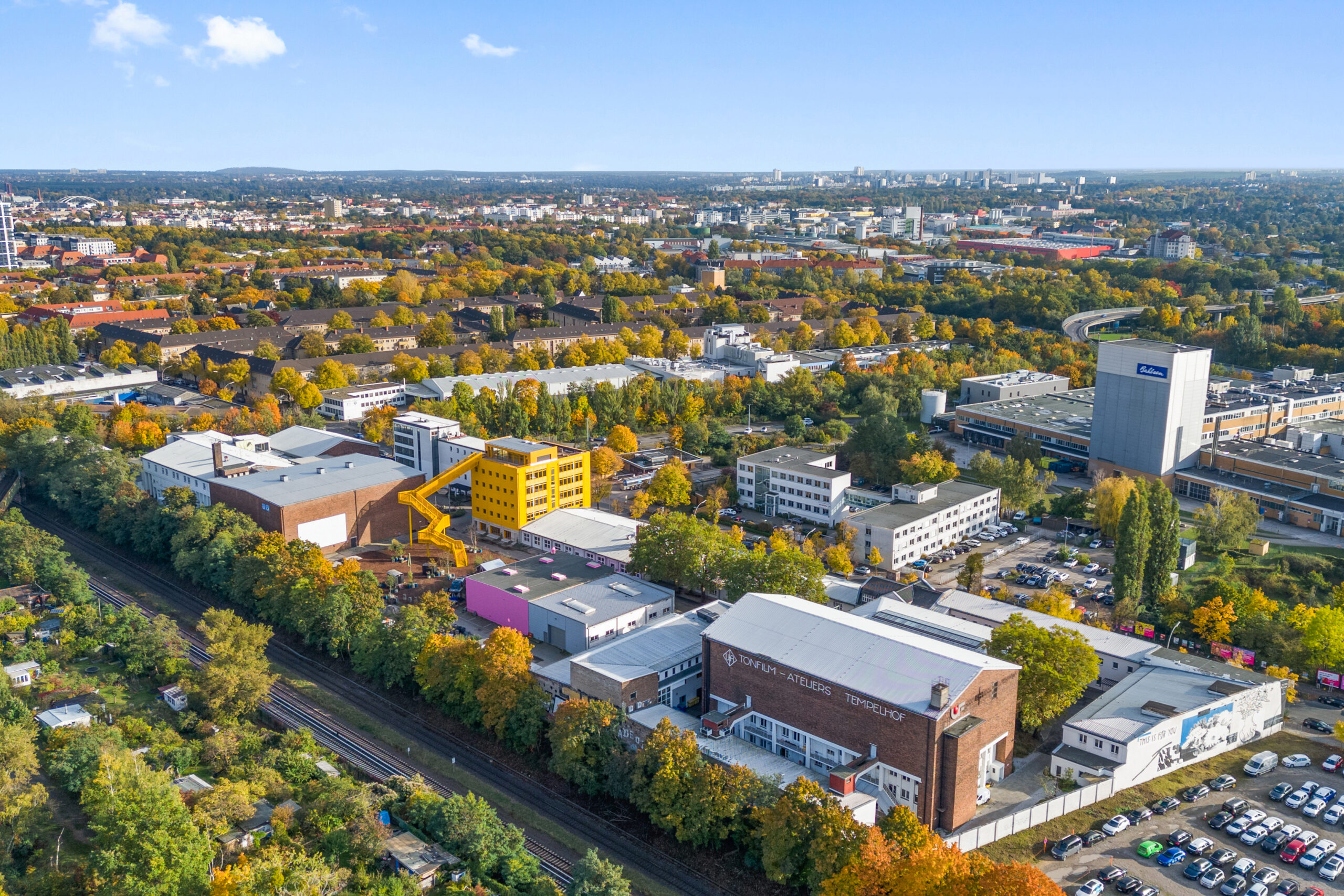From Film Pioneers to Campus for Urban Regeneration: It all began with Silent Films
21.12.2023
At the beginning of the 20th century, the pioneers of the German silent film industry realized their visions in the large red brick buildings housing the Atelier Gardens. It was here that later on TV hits such as “The Kurt Krömer Show” and “Circus Halli Galli” were created and filmed. Long before it became an industrial area, Oberlandstraße was first established as one of the hubs of German film and television history.
The first steps of film in Germany
It was the year 1913. Cinema – still silent at the time – was experiencing a boom in Germany, and particularly in Berlin. The number of so-called “movie houses” in the capital reached 300. 15 times more than a decade earlier. Today, in comparison, Berlin counts 91 cinemas with 266 screens. At the beginning of the 20th century, Germany was also a major player in film production, and film studios were springing up everywhere in the capital’s center. Soon it became clear that sparsely populated areas were better suited for filming as they provided more space and quiet. That’s when the German film pioneer Alfred Duskes decided to set up a film production facility in the still largely undeveloped area south of Tempelhofer Feld.
Daylight as the best condition for filming
From the outside, the studio building looked like a large glass house, since this architectural detail allowed ample natural light to flow in and created ideal conditions for filming. Despite the widespread availability of electricity, daylight was still central to film production at the time. In fact, so important was natural light that on film sets there were people called “sun peekers” whose job was to observe the sky and the various lighting shifts. Only when they signaled “okay” could shooting begin.
In the same year that Alfred Duske’s production facility was built, Oberlandstraße welcomed its second glass house. The building was commissioned by Paul Davidson, a curtain dealer with a penchant for cinema. “Even from a distance, you can see two strange structures towering up from the ground, looking like gigantic bird cages,” wrote the journal Lichtbild-Bühne in June 1913. The only disadvantage of this architectural design was that, just like a greenhouse, it tended to get extremely hot in the summer – something that actors complained about early on.

The golden years of German cinema
Shortly after, the war erupted and put a damper on the film industry’s evolution. Cinema attendance declined, and so did revenue. But paradoxically, the war also presented an opportunity for German film production. Since the French films that had heavily dominated Germany up to that point were banned, a gap opened up in the market that was not only filled by American productions, but also by German and Danish ones.
In the following years, numerous internationally successful films were shot in the two production facilities in Oberlandstraße. These included various films by the Danish silent film star Asta Nielsen or the director Ernst Lubitsch. According to estimates provided by Davidson’s employees, about 1.5 million movie-goers watched Nielsen’s films per day across the world. While in Lubitsch’s case, following his initial success with films such as “The Eyes of the Mummy” (1918), the director set out to continue his career in Hollywood. There, shortly before his death, he was awarded an honorary Oscar for his life’s oeuvre.
And that’s just the beginning of the story of the large red-brick buildings of Oberlandstraße. The 20th century still had a lot to offer for the film production facilities that opened their doors in 1913. In the years that followed, the street south of Tempelhofer Feld was shaped by the transition to sound film (in their nascent years, sound films were called “talkies”), the establishment of the first dubbing studios, and became part of the early history of German television. Part of these new transformations were names and titles such as Alfred Hitchcock, Edgar Wallace, “Emil and the Detectives” (1964) or the public TV late-night talk show “Nachtstudio” (1997-2012).
"Even from a distance, you can see two strange structures towering up from the ground, looking like gigantic bird cages."
-
Lichtbild-Bühne, June 1913
Related news





